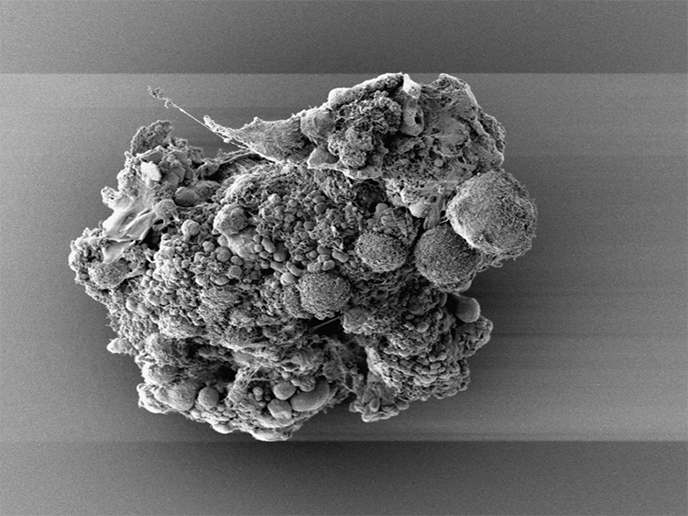Co-pathogen infections in the limelight
In most cases, researchers striving to unveil the mysteries of a pathogen would let go of all other questions to concentrate on the issue at hand. While this may sound logical, such an approach also means that situations where two or more pathogens interact with each other in the same patient are still poorly understood. “When individuals perform their early career research, they tend to focus on understanding a specific question relating to a single pathogen. This continues as they become specialised in a specific area and rarely do researchers consider the complexity of co-pathogen interactions, especially when crossing the viral, bacterial, parasite boundaries,” says Prof. William A. Paxton, coordinator of the PathCO (Pathogen COinfection: HIV, Tuberculosis, Malaria and Hepatitis C virus) project on behalf of the University of Liverpool. One explanation for this lack of interest lies in how complex pathogen interactions can be. Deciphering one infection and the replication kinetics of one pathogen is already complex enough, especially when considering the diverse range of possible host interactions. But adding other pathogens to the mix brings about a whole other level of complexity: In the cases of vaccines like HIV-1, interactions become even more complex when considering the disruption to the immune system and the consequences for the replication of other infectious agents. To tackle this issue, Prof. Paxton brought together experts in various fields to design experiments specifically aiming to understand the consequences of one infectious agent on altering the infection and replication of another. “We went from specifically studying molecular and cellular interactions between selected pathogens, to developing novel small animal systems that can combine infection with multiple agents, and all the way up to studying and comparing human responses within mono-infected co-infected individuals,” Prof. Paxton explains. “The combination of all these studies allowed for a comprehensive programme addressing the effects of co-pathogen interactions at different levels. Each scientist had a specialised culture system, strategy or approach they brought to the consortium that could be exploited to monitor co-pathogen interactions.” The list of PathCO achievements is huge. Among other things, the team notably: identified specific TB molecules able to block HIV-1 interaction with the immune system; developed assays that can monitor TB and HIV-1 infection in the same culture system; found out that oxygen concentration can modulate both HCV and HIV-1 replication; provided evidence that mucosal tissue can be infected with HCV; developed humanised mouse model systems where HIV-1 and Hepatitis B can replicate; and demonstrated different mechanisms of pathogen entry for malaria and HCV. “We have managed to identify a vast array of novel pathogen interactions. This provides for new insights into co-pathogen interactions, but more importantly we have identified new molecular targets that can be exploited in devising drugs or agents to inhibit pathogen infection and replication. A number of unique tissue culture and animal model systems have been developed and will greatly aid in future analysis of co-pathogen interactions and in the testing of new drugs or vaccines aimed at inhibiting these processes,” Prof. Paxton says. Since the project was completed in October 2017, its results have been used to aid in applying for new rounds of funding whilst expanding and developing new collaborations. “The area of co-pathogen interaction studies is gaining pace, with many new initiatives being proposed by funding organisations, and whole conferences or conference sessions being dedicated to this exciting area of research,” Prof. Paxton says. In such a context, there is no doubt that PathCO’s outcomes will continue to help researchers over the years to come.







